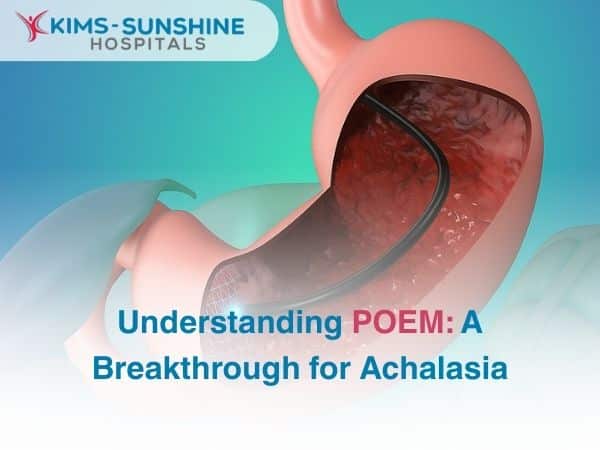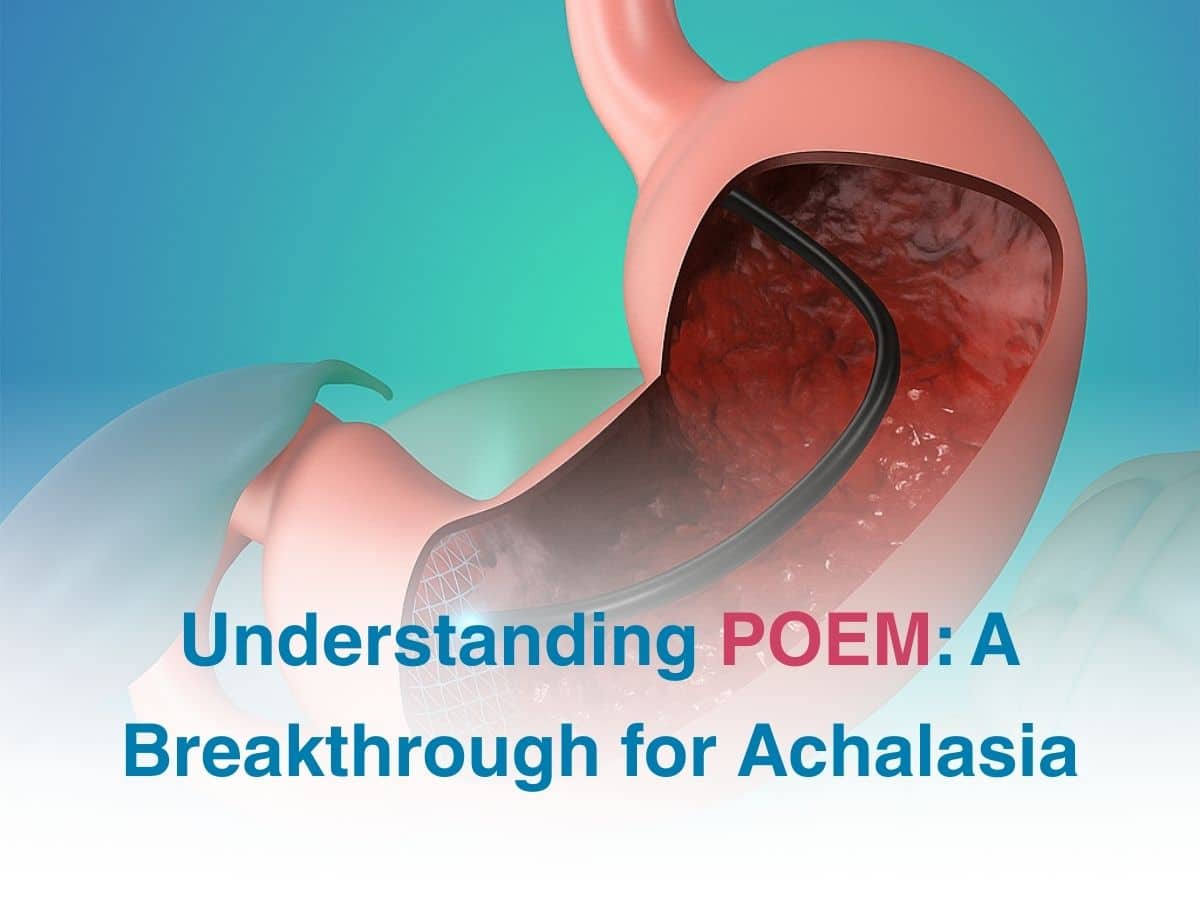
Understanding POEM: A Breakthrough for Achalasia

When achalasia strikes, with its strange ability to turn the simple act of swallowing into a daily battle marked by food getting stuck in the chest and water going down slower than expected, the POEM procedure emerges like a quiet revolution in medical science to help out. It relies on endoscopic expertise where a flexible tube carrying a light and camera is gently introduced through the mouth, allowing the doctor to create a small tunnel in the inner lining of the oesophagus and cut the tight muscle fibres that refuse to relax, thus restoring the natural flow of food into the stomach without the need for any external cuts or large surgical scars.
What Is Peroral Endoscopic Myotomy (POEM)?
Peroral Endoscopic Myotomy, more commonly known as POEM, is a landmark intervention because it combines the precision of modern endoscopy with the age-old need of patients to eat without pain. If someone has achalasia, it means that their oesophageal muscles are always tight and contracted- which means food or water cannot move down to the stomach with relative ease. The working principle is if the tight muscle fibres are cut, then they will be forced to relax, thus restoring normal contraction and relaxation when needed. While this may sound complex to someone unfamiliar with medical intricacies, the entire method is performed through the mouth and takes away the fear of major surgery, offering hope for people in India who may otherwise postpone treatment due to cost, long hospital stays, or anxiety about surgical complications.
Achalasia Treatment Without Surgery
Though surgery is considered a gold standard in treatment for better outcomes, some patients may not be ready for it. The condition may not be that severe either, which means non-surgical options may be explored. One such process is the injection of botulinum toxin- or botox, which helps tight muscles relax and stops them from contracting altogether (rendering them in a state of paralysis). Pneumatic dilation is another approach that may be used- where a balloon is inserted via the throat and then inflated – so that the lower oesophageal sphincter gets wider. Medications like calcium channel blockers or nitrates may also be used in some cases. These methods work only if you follow a strict diet, eat smaller meals while sitting upright and work to include softer foods in your meals.
Long-Term Success Of POEM
Success in medicine is often measured not just in immediate relief but in how well the solution stands the test of time. In the case of POEM, long-term studies from centres across the world have shown that patients continue to experience excellent relief from swallowing difficulties even years after the procedure, with success rates hovering around 90 per cent.
Conclusion
In the evolving world of gastroenterology, POEM stands as a beacon for those suffering from achalasia, showing how medical progress can reshape lives by turning something as simple as swallowing back into a natural, unthinking act. In India, where digestive diseases carry both physical and social burdens, the arrival of peroral endoscopic myotomy has made it possible for thousands to dream again of meals shared with family, festive tables without fear and days where food nourishes rather than frightens.






